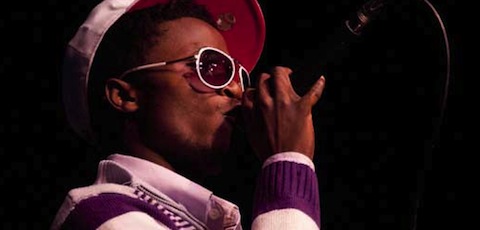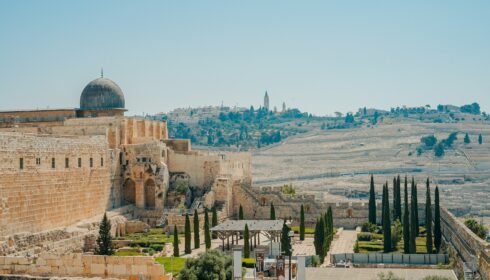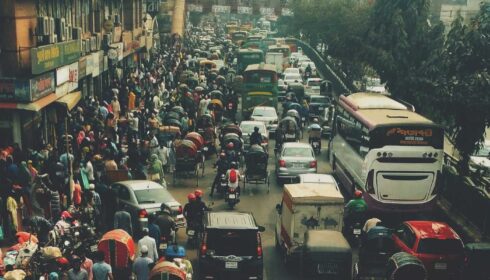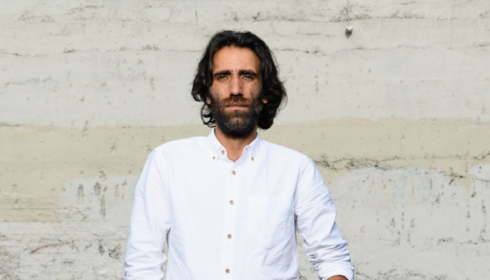
Righteous: Rights at the Round Table
Speaking up for the rights of young people was a key focus of Righteous: Rights at the Round Table, a youth forum that gave attendees a creative space for culturally diverse expression and celebration.
On Sunday 26 September, the forum explored contemporary human rights issues relevant to people under 25 from emerging and refugee backgrounds in Australia. Held at the North Melbourne Town Hall and presented by Multicultural Arts Victoria in partnership with the Melbourne Fringe Festival, the event discussed the struggles and stories of ethnic youth through a series of ‘round table’ discussions and workshops.
Acknowledging Intergenerational Cultural Differences
Respect for different generations of Australians was fostered throughout the day, starting with a Welcome to Country and acknowledgement of Aboriginal and Indigenous Australians – the traditional owners of the nation – to open the forum.
A prominent talking point during panel discussion was the challenge of sustaining family relationships, led by youth representatives from the arts and non-profit sectors. Melbourne-based hip-hop artist Jordan Seden noted feeling “like a mediator” between his parents who are not fluent in English and English-speaking Australians, admitting that while it embarrasses him slightly, he still makes the effort to be “their spokesperson”. Fellow panelist and youth project officer Amona Hassab suggested ethnic young people hold different values from their parents but respect their beliefs so as to get along. The value of filial piety is arguably strong within multicultural youth who selflessly assist their elders to make them feel at home.
Stories of assimilation highlighted the fact that many culturally diverse youths are determined to chase their ambitions, breaking stereotypes of passive minorities. Drawing on her work with ethnic young people, Hassab said many of them pick up English quickly upon arrival in Australia. Seden proactively left his hometown, Cairns, for Melbourne to “find a bigger world other than Cairns”. Consequently, culturally diverse young people in Victoria belong to two different cultures: they are reminded of their heritage when they are around their parents and adopt strands of Western culture in the process of making a livelihood here.
Profiling Various Levels of Racism
The panel also touched on racism towards ethnic groups, garnering vocal opinions from attendees of Anglo-Saxon, African and Asian backgrounds. In particular, they were certain racism is institutionalised in Australia. One audience member shared a recent experience taking a university subject that focused on teaching students how to “talk to Aboriginal people”, to which Aboriginal-descent Seden responded, “You don’t need instructions to talk to me!” Therefore, there are instances where ethnic youths have no choice but to conform to the racially uneven status quo in Australia.
Attendees also agreed that everyday racism is becoming increasingly common. In addition, they reckoned racism exists within individual racial communities: different languages and beliefs are held by people of the same race and this could possibly instigate miscommunication and hence discord among one another.
No doubt young people are aware that racism is alive and exists in every facet of Australian society. However, Hassab suggests that although youths may want to speak up immediately when they come across racist incidents, this can be confronting and scary – there is no guessing how racial perpetrator(s) will react. As such, while ethnic youths are emphatically proud of their heritage, at times they may struggle to stand up for their background.
Shaping Youth Identity
Attendees enthusiastically expressed their unique stories through the zine-making workshop during the second half of Righteous. Many boldly wrote about the challenges they faced as a young ethnic person – such as their experiences of everyday racism – on blank pieces of papers which were then collectively bound to form a zine, a pocket-sized magazine.
The hip-hop and spoken word workshops also fostered this camaredic spirit. Participants encouraged one another as they crafted poetry and lyrics. Thus, creative mediums have the potential to bring diverse young people together and boost their confidence: they offer spaces where youth can bond over artistic interests and freely share their ideas regardless of their background, offer imaginative environments that know no creative boundaries and are accepting of myriad cultural identities.
Championing Ethnic Youth
While Righteous thoroughly debated the struggles ethnic youths face, there could have been more discussion on the positive aspects of adhering to stereotypes. As mentioned during the panel discussion, young people willingly converse with their parents in their native languages. In a sense, many ethnic young people proudly fulfill the common stereotype of migrants being fluent in their mother tongue – to communicate with their elders.
Migrant youths welcome discussion of sensitive topics such as racism and are optimistic of a harmonious multicultural future. With respect to encouraging cultural tolerance, one attendee asked, “What can we do to change the world?” The panel responded that to “change the world, we have to change ourselves”. To fight racism, we need to recognise that racism happens anywhere, even in a diverse “lucky country” Australia, and educate ourselves about the significance of each other’s cultural differences.
Ultimately, Righteous was a creative forum that reminded youth from migrant and emerging backgrounds of their heritage and supported their rights to pursue their goals within the broader Australian community. It was an inclusive forum thatRi encouraged culturally diverse young people to feel at home in Australia, rightfully like how every person living in Australia should.



